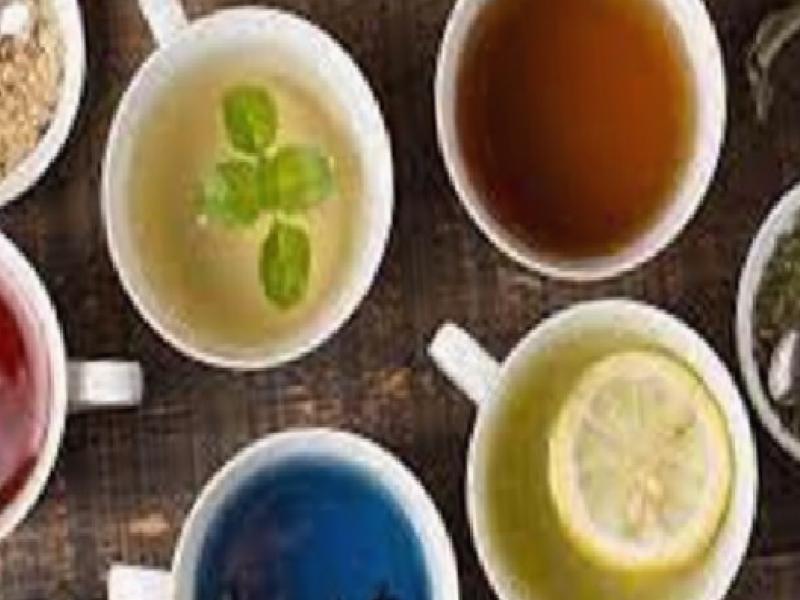The first thing that comes to mind when “tea” is mentioned is the flavored hot drink prepared by the method of brewing a processed (semi-fermented: oolong, fully fermented: black tea) or unprocessed (green tea) tea plant (Camellia sinensis L.) with hot water. We often use the word “herbal tea” for those prepared from plants other than this.
The most told story about the discovery of tea is that the Chinese Emperor Shen-Nung, who decided in 2700 BC, caught his attention when the leaves coming from the surrounding plants with the wind fell into a cauldron of boiling water in the garden of the palace and changed the color of the water and tasted it.
Herbs have historically been used for medicinal purposes, and tea is one of the oldest and easiest known forms of drug administration. Its advantage is the easy absorption of beneficial chemicals that dissolve quickly in hot water in the digestive system, starting from the mouth. It would be wrong to price the effects of herbal teas as miraculous. Its benefits come from the phytochemical components, vitamins and minerals it contains. This benefit is also related to the extent and frequency of use. In addition, since a plant does not contain only a single phytochemical, it would be wrong to speak of a one-way benefit, and it would be wrong to say that different mixtures will not have a toxic and harmful effect. Since the beneficial components in the structure of each plant may not dissolve in water, tea cannot be made from every plant.
Here, I thought to include only some of the plant types that we see as physiological and spiritual reinforcement in the protection of health and also in weight control, together with their purpose of use and benefits. Because, although herbal teas are a very wide-ranging subject, it could even be the content of a whole magazine.
Green tea
It is reported that it has a protective effect against cardiovascular diseases and cancer due to its high antioxidant content. In addition, it has been reported that EGCG (epigallocatechin gallate) in its structure accelerates fat metabolism and therefore has a preventive effect on obesity.
Senna Leaf
It is effective against constipation. It provides this effect by reducing the absorption of water and electrolytes in the large intestine, increasing the volume of the intestinal contents and thus increasing the pressure, by acting as a stimulant laxative. However, frequent use can cause intestinal irritation and laziness.
echinacea
It is used as a preventive and treatment aid in upper respiratory tract infections. It has also been reported to kill viruses such as herpes virus.
Sage
It is used in indigestion complaints and loss of appetite. It is effective in mouth and throat infections and inflammations.
linden flower
It is used as a reliever, diaphoretic and expectorant, relieving inflammation and pain in colds. It also relieves cough complaints.
mate
It has a stimulating effect on mental and physical fatigue, thanks to the caffeine and chlorogenic acid in its structure.
St. John’s Wort
It is used in mild and moderate depressions.
Ginger
It has preventive effects on motion sickness, morning sickness in pregnancy, and nausea caused by drugs in patients undergoing chemotherapy. Consumption after fatty meals helps digestion with its bile-increasing effect. Lemon and honey tea is effective in colds and sore throats.
It should be reminded again that herbal teas should not be considered as definitive therapeutic, but should be evaluated as an aid in addition to expert advice and treatment. Exceeding the dose turns the drug into poison. With pleasure.

